This is a curated collection of stereo field recordings captured during production of the Uinta Triangle podcast. Real outdoor locations across Australia, New Zealand and the United States are represented. The natural soundscapes include weather and wildlife, with minimal or no anthropogenic interruptions. In most cases, these tracks begin and end at points that repeat cleanly, allowing them to be endlessly looped for purposes of relaxation, meditation, or as a sleep aid.
For the best experience, listen using a good pair of stereo headphones in a quiet space.
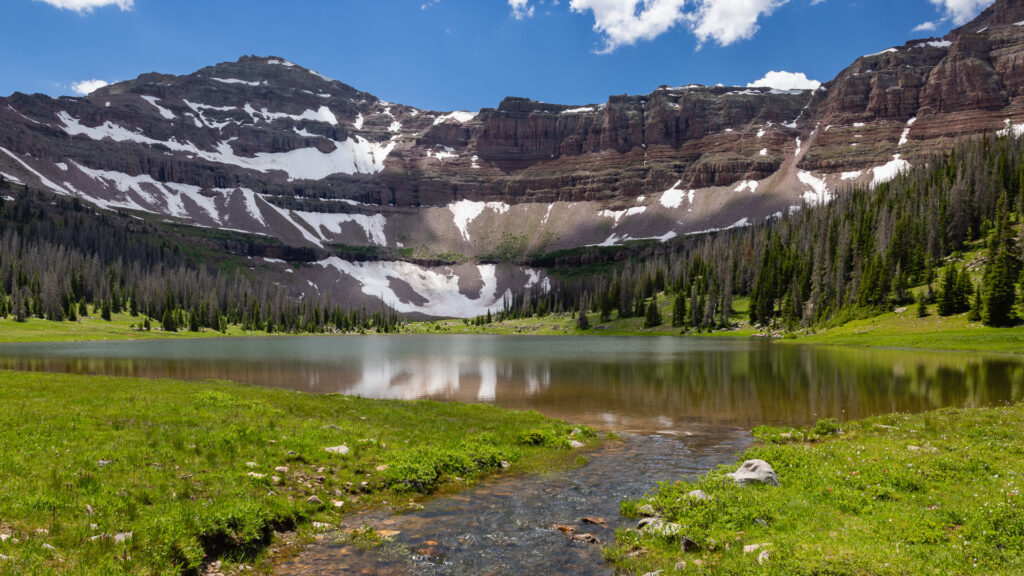
Track 1 – Allsop
3:31
A white-crowned sparrow (Zonotrichia leucophrys) sings from a distant tree branch, while a small stream burbles. Allsop Lake is the headwaters of the Left Hand Fork East Fork Bear River. The river emerges from the north end of the teardrop-shaped lake and flows down out of the High Uintas Wilderness, joining the Stillwater and Hayden Forks, eventually emptying into the Great Salt Lake.
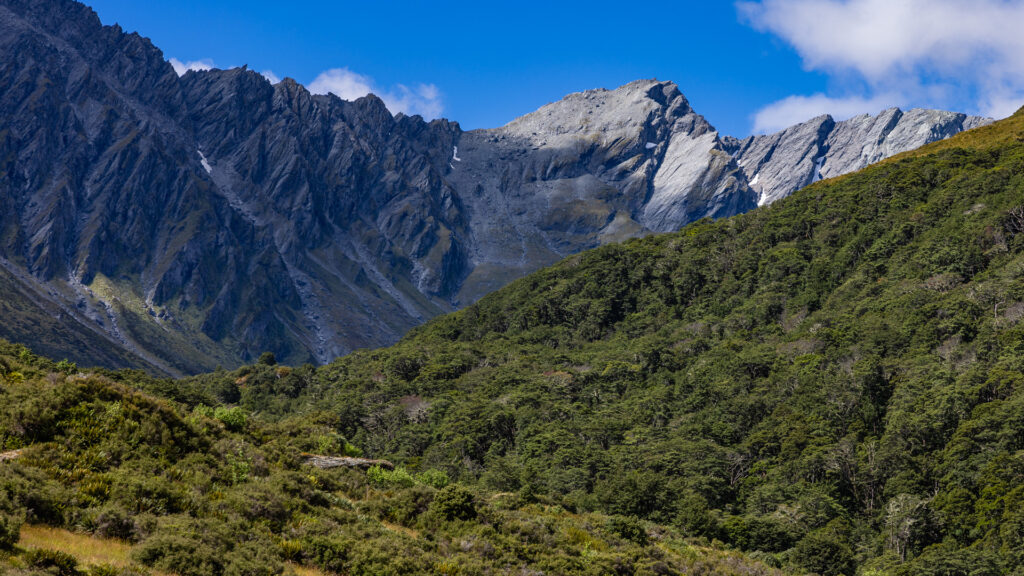
Track 2 – Aspiring
1:47
A New Zealand fantail (Rhipidura fuliginosa) chatters under the forest canopy in Te Waipounamu’s Southern Alps. The distant Rees River makes a calming shush as its glacial waters roil. The Rees Track, a hiking trail, crosses through the private Rees Valley Station on its way into Mount Aspiring National Park and the heart of the Southern Alps.
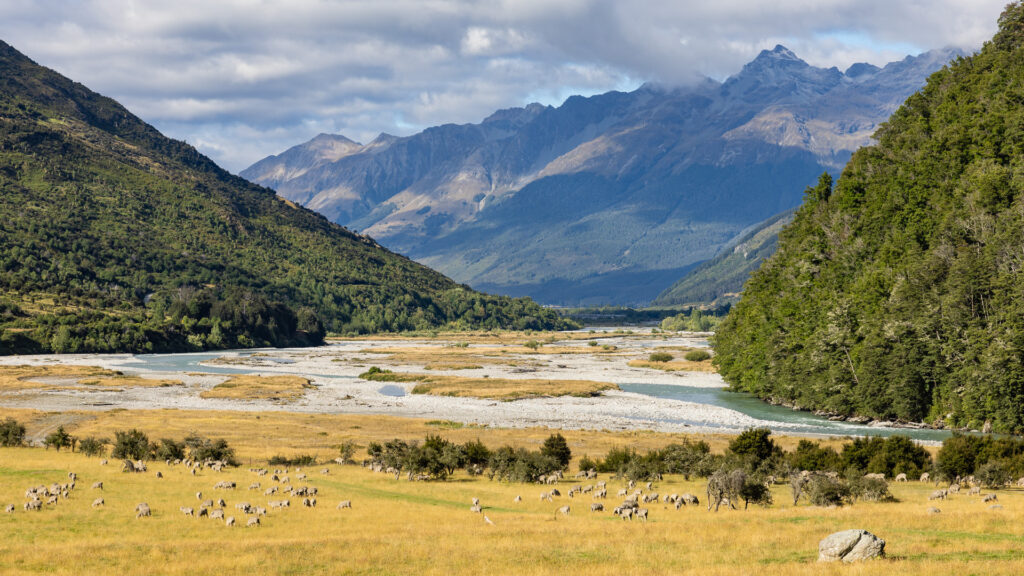
Track 3 – Glenorchy
2:09
Domestic sheep husbandry plays a large part in the agriculture economy of New Zealand/Aotearoa. Trampers headed into the Southern Alps sometimes share trails with sheep, and any tourist who stops into a shop in the little town of Glenorchy will see locally produced woolen goods on display.
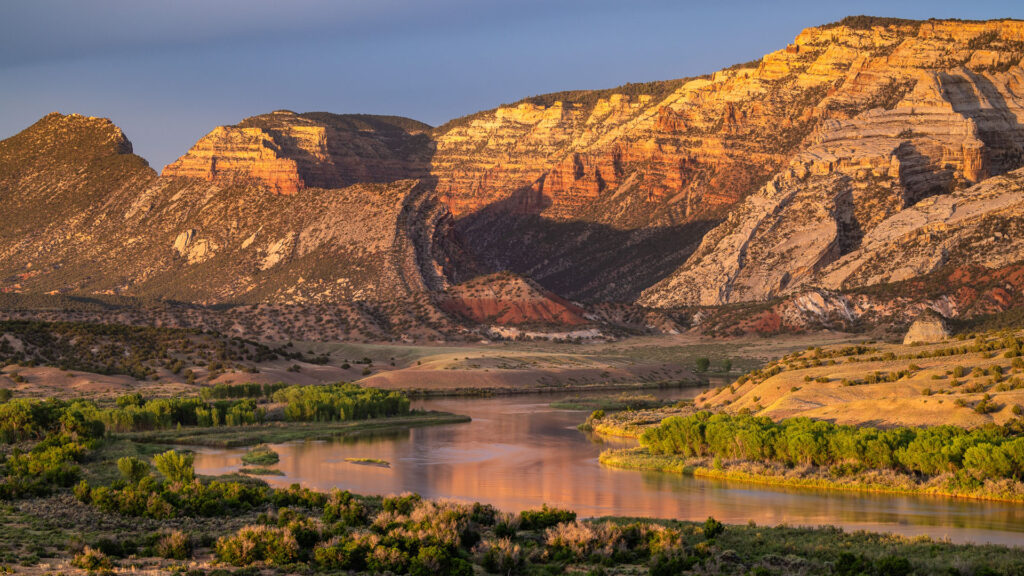
Track 4 – Green River
5:10
Rising in Wyoming’s Wind River Mountains, and fed by snowmelt from the Uintas of Utah, the Green River is a critical waterway in the American West. Its course not around but through the Uintas, by way of Lodore Canyon and Split Mountain in modern-day Dinosaur National Monument, perplexed the explorer John Wesley Powell. The distinctive descending song of the tiny canyon wren (Catherpes mexicanus) is often heard along its banks.
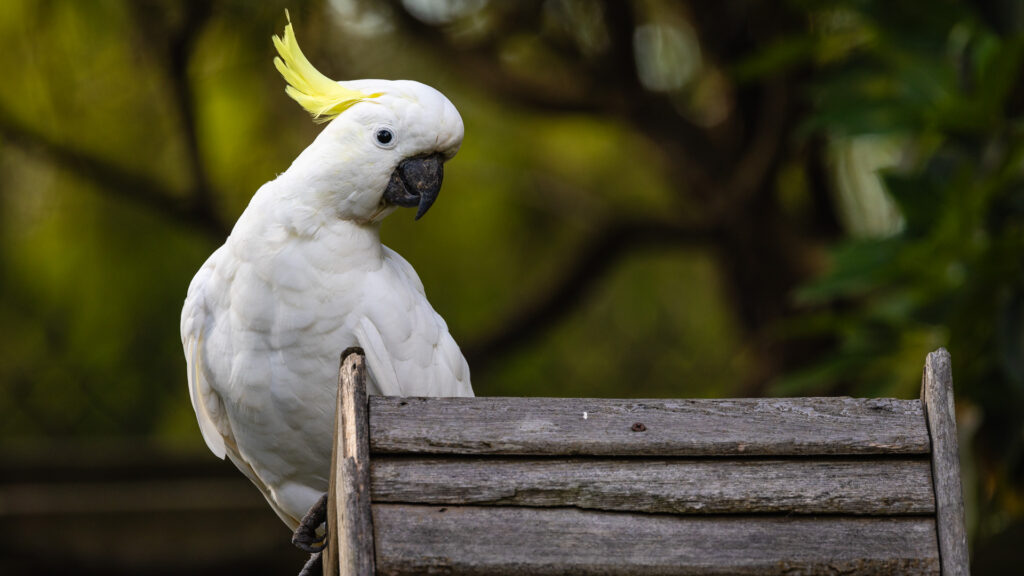
Track 5 – Heathmont
3:44
The suburb of Heathmont sits east of Melbourne in the Australian state of Victoria, near the forested foot of the Dandenong Ranges. Dandenong Creek, which flows from the mountains, is riparian habitat for all manner of wild creatures. The trees are often full of a cacophonous mix of native and introduced bird species, but the call of the laughing kookaburra (Dacelo novaeguineae) stands out among them.
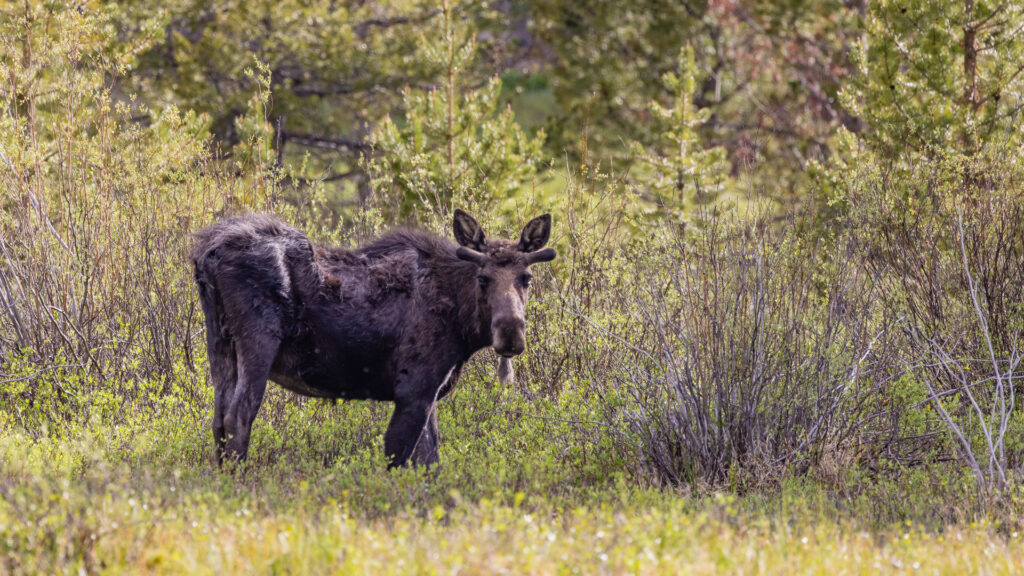
Track 6 – High Uinta
51:01
Sub-alpine wetlands in the Uinta Mountains provide ample space for large herbivores, like Shiras moose, to graze. Sit at the edge of a meadow watching for moose and you’ll likely hear the trill of the boreal chorus frog (Pseudacris maculata) or the chastising chitter of an irritated Uinta ground squirrel (Urocitellus armatus).
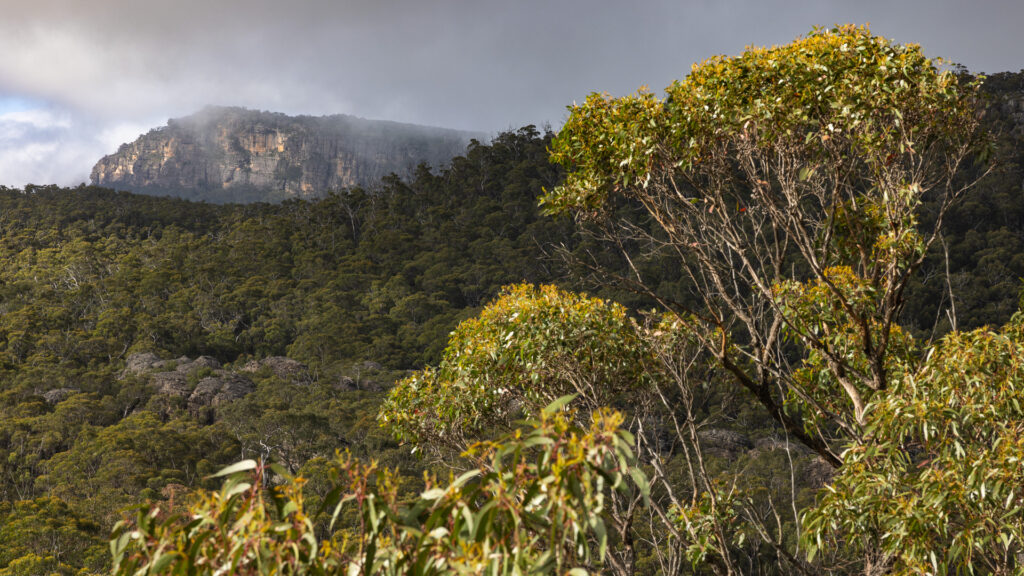
Track 7 – Mackenzie
2:23
Nothing says “summer in the bush” more than cicada clicks. Male cicadas use a structure called a “tymbal” to produce sound, as a way of attracting females. Different cicada species make different sounds, and Australia is home to hundreds of different cicada species. A January walk along the Mackenzie river in the Grampians (Gariwerd) of Victoria will introduce you to at least a few.
Track 8 – Moon Lake
51:05
High desert meets mountains at the southern foot of the Uintas. Moon Lake, on the Lake Fork River, sits at the point where big sagebrush (Artemisia tridentata) gives ways to quaking aspen (Populus tremuloides). Spend an hour in an aspen grove and you’ll likely hear wind rustling their leaves ahead of an afternoon rain shower, or wrens and warblers flitting between the branches.
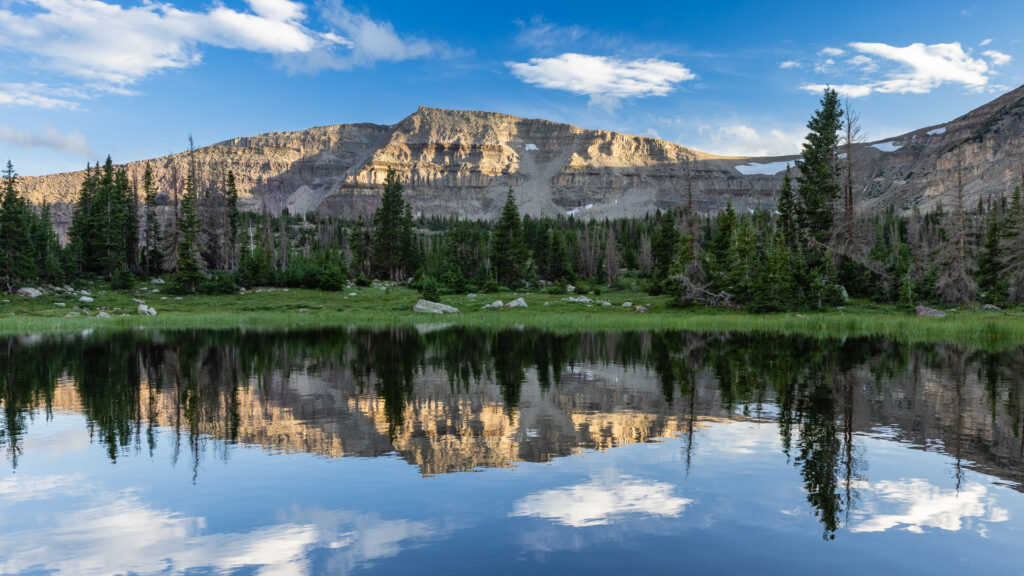
Track 9 – Rosalie
2:34
Wind whips through distant stands of lodgepole pine (Pinus contorta), as dusk descends at the shore of Rosalie Lake near the Uinta crest. A boreal chorus frog emerges in a sheltered, marshy nook near the lakeshore and begins to call, echoed soon afterward by other frogs nearby.
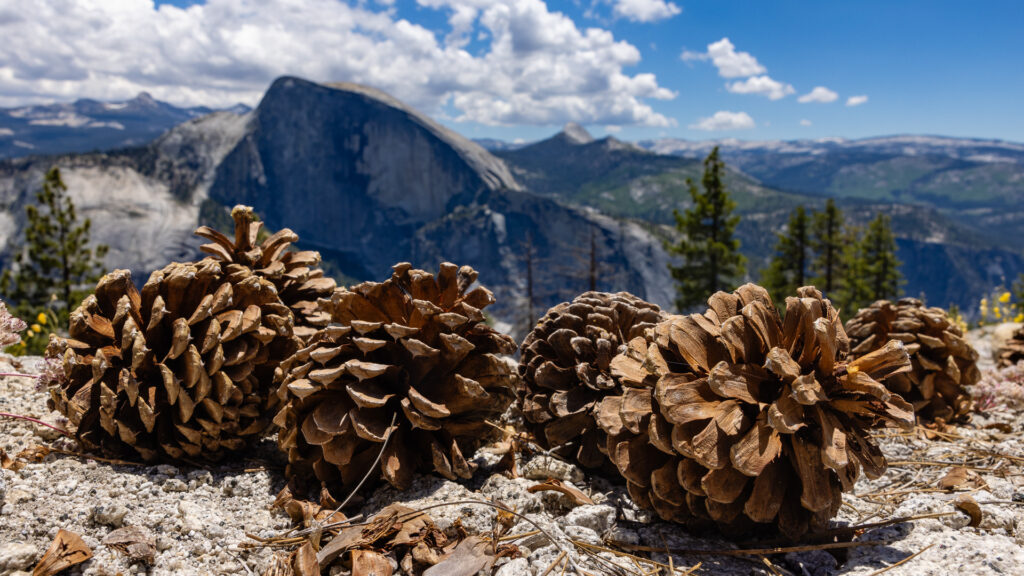
Track 10 – Sierra
2:41
A woodpecker plays percussionist as a mountain chickadee (Poecile gambeli) and Steller’s jay (Cyanocitta stelleri) compete for attention somewhere beyond the hustle of the Yosemite Valley. While the chickadee punches well above its weight, the jay is just too punk rock to be outdone.
Track 11 – Stillwater
1:14:58
Springtime snowmelt swells the banks of the Stillwater Fork of the Bear River in the Uinta Mountains. An American robin takes center stage to herald the dawn of a new day. An ensemble, including spotted towhee (Pipilo maculatus) and dark-eye junco (Junco hyemalis) provide backing vocals.
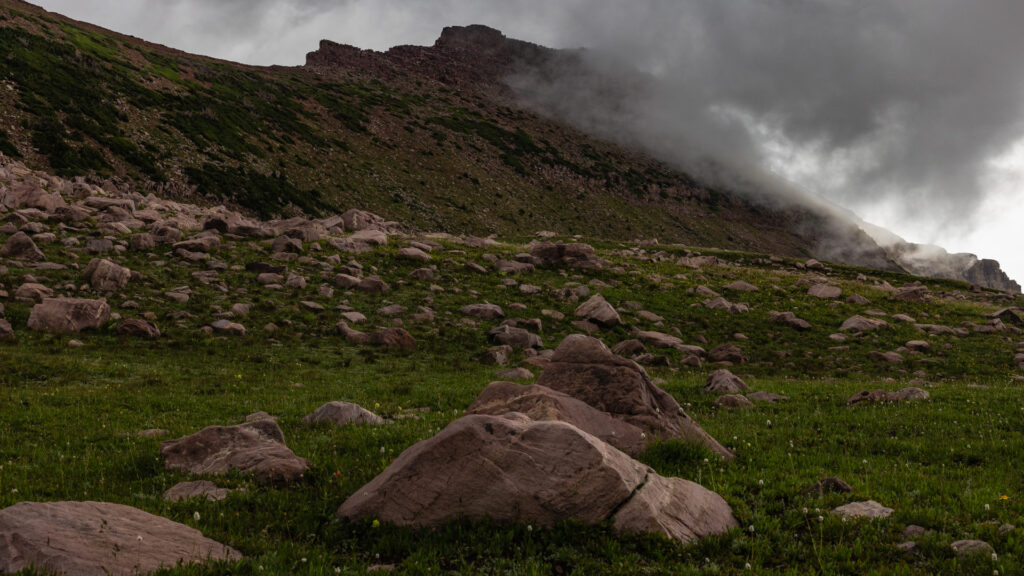
Track 12 – Thunder
5:38
Clouds crackle as pulses of rain pepper the alpine tundra. Can’t you hear the thunder? You’d better run, you’d better take cover.
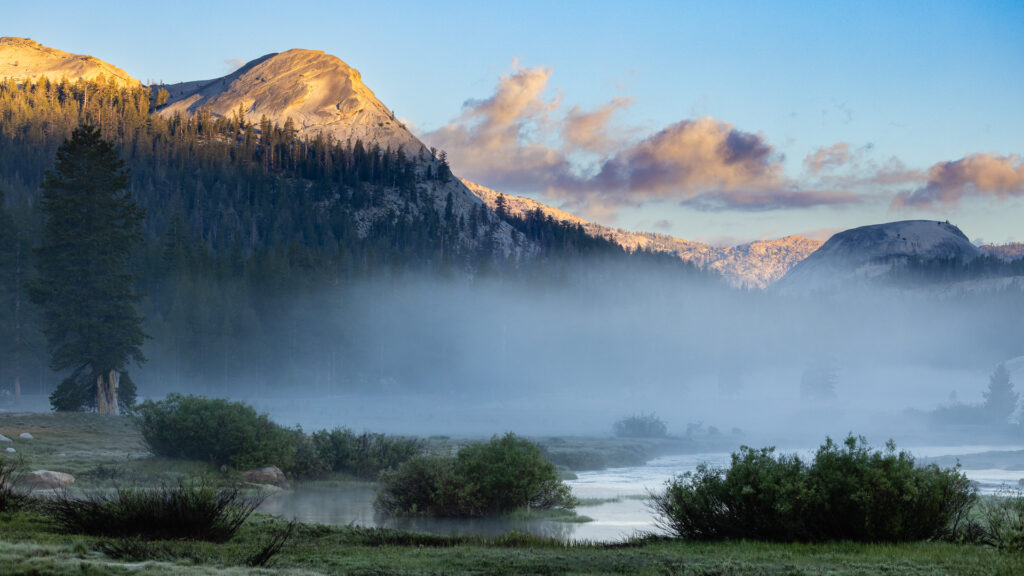
Track 13 – Tuolumne
36:50
Mist rises over a bend on a mountain river, as a group of mule deer (Odocoileus hemionus) take advantage of the concealment to munch on dewy meadow grasses. Under a ruddy sky, a spotted sandpiper (Actitis macularius) leads the dawn chorus. As John Muir once mused, “it’s always sunrise somewhere; the dew is never all dried at once.”
Track 14 – Yahgoveetch Sonata
2:07
The coyote (Canis latrans), or Yahgoveetch in the language of the Utes, is a vocal relative of the domestic dog and wild gray wolf (Canis lupus). This coyote’s mournful howl, captured in the Garfield Basin of the High Uintas Wilderness, may announce its separation from the pack.